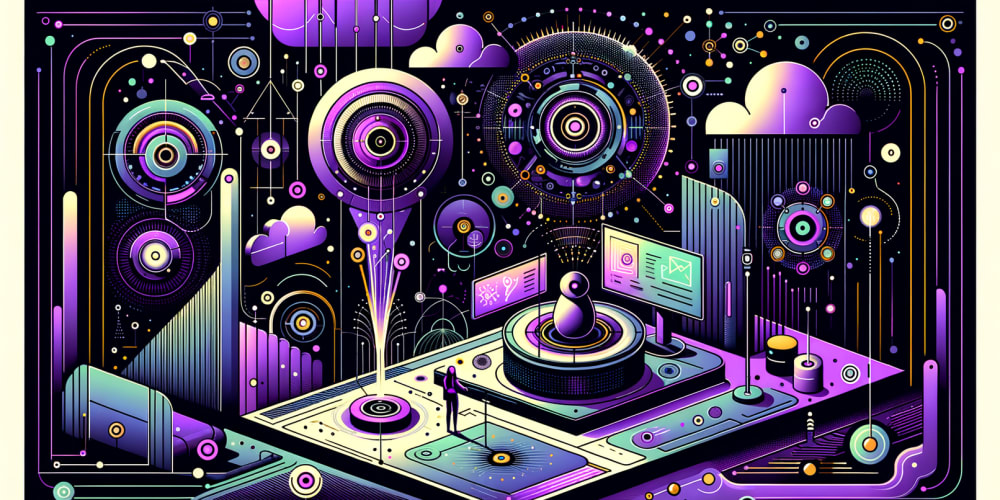The success of a restaurant hinges on its ability to streamline operations, optimize inventory management, and deliver exceptional customer experiences. As the demand for efficient restaurant management solutions continues to grow, the role of mobile app development has become increasingly crucial. From Android to iOS app development, innovative technologies are transforming the way restaurants manage their day-to-day operations.
Understanding the Significance of Restaurant Management Software
Restaurant management software is a comprehensive solution designed to simplify and automate various aspects of running a successful eatery. By integrating mobile app development into their operations, restaurants can benefit from features such as order management, inventory tracking, staff scheduling, and customer relationship management (CRM). These tools not only enhance efficiency but also provide valuable insights into business performance through robust reporting and analytics.
The global restaurant management software market is projected to grow at a projected revenue of US$ 14,705.1 million by 2030. A compound annual growth rate of 16.3% is expected of the worldwide restaurant management software industry from 2024 to 2030. This growth can be attributed to the increasing adoption of cloud-based app development solutions, which offer scalability, remote accessibility, and enhanced data security.
Essential Features of Restaurant Management Software
1. Order Management:
Mobile apps streamline the order processing workflow, allowing staff to manage tables, take orders, and process payments seamlessly. Online ordering systems integrated with restaurant inventory management ensure accurate order fulfillment and reduce errors.
2. Inventory Management:
Effective restaurant inventory management is crucial for minimizing waste and controlling costs. Mobile apps provide real-time visibility into stock levels, enabling managers to track ingredients, generate purchase orders, and receive alerts for low inventory.
3. Staff Management:
Scheduling tools, payroll management, and performance tracking features help restaurants optimize their workforce. Mobile apps allow staff to view schedules, request time off, and clock in/out, enhancing transparency and accountability.
4. Customer Relationship Management (CRM):
By integrating CRM into their restaurant management solutions, establishments can maintain detailed customer profiles, track preferences, and manage reservations. This data-driven approach enables personalized experiences and fosters customer loyalty.
5. Reporting and Analytics:
Comprehensive reporting and analytics tools provide valuable insights into sales trends, labor costs, and operational efficiency. Mobile apps generate customizable reports, allowing managers to make data-driven decisions and identify areas for improvement.
The Development Process of Restaurant Management Software
Developing effective restaurant management solutions requires a strategic approach that considers the unique needs of each establishment. The development process typically involves the following steps:
1. Needs Assessment and Goal Setting:
Identifying specific requirements and objectives is crucial for creating a tailored solution that addresses the restaurant's pain points.
2. Market Research:
Analyzing existing restaurant management solutions and identifying gaps in the market helps developers create innovative and differentiated products.
3. User Interface Design:
Designing a user-friendly interface is essential for both staff and customers. Considerations such as mobile compatibility, accessibility, and intuitive navigation ensure seamless interactions.
4. Development and Testing:
The software development lifecycle, including coding, testing, and quality assurance, ensures the delivery of a robust and reliable solution.
5. Integration with Existing Systems:
Integrating restaurant management software with payment gateways, POS systems, and other tools ensures a cohesive and efficient ecosystem.
6. Deployment and Training:
Smooth rollout and comprehensive staff training are vital for successful implementation and adoption of the new system.
Current Trends in Restaurant Management Software Development
As the restaurant industry continues to evolve, so do the trends in restaurant management software development. Here are some of the key trends shaping the future of this sector:
1. Contactless Ordering and Payments:
The COVID-19 pandemic has accelerated the adoption of contactless solutions, with customers increasingly preferring to order and pay through their mobile devices.
2. Integration with Delivery Services:
As the demand for food delivery continues to rise, restaurant management solutions are integrating with popular delivery platforms to streamline order fulfillment and expand their reach.
3. Personalization through AI:
Artificial intelligence (AI) is being leveraged to analyze customer data and provide personalized recommendations, enhancing the overall dining experience.
4. Sustainability Features:
With growing environmental concerns, restaurant management software is incorporating features that promote sustainability, such as waste management tools and eco-friendly practices.
Conclusion
As the restaurant industry navigates the challenges of an ever-evolving landscape, investing in cutting-edge restaurant management solutions has become a necessity. By leveraging the power of mobile app development, restaurants can streamline operations, optimize inventory management, and deliver exceptional customer experiences.
Whether you're looking for an iOS or android app development for your restaurant, partnering with a reputable mobile app development company can help you stay ahead of the curve. By embracing the latest trends and best practices in restaurant management software development, you can ensure the long-term success and profitability of your establishment.


















